15 veggies which need less sunlight in winter:
Learn out which veggies can thrive in the winter without direct sunshine. Discover how to create a colorful winter garden with our guide, where vibrant greens thrive even in the chilly shadows.
Introduction:
Have you ever had the feeling that winter is the worst enemy to your garden, Come us as we explore the enchanted world of winter gardening and reveal the best vegetables that withstand the cold and playful activities of winter. Colder temperatures boost vegetables sweetness and softness, winter vegetables frequently have deeper flavours.
Green vegetables which needs less sunlight in winter:
Powerhouses in the green world like lettuce, spinach, and kale not only withstand the winter’s chill but also add a vibrant blast of freshness to your dish. These green marvels are ideal for beginners and experienced gardeners alike because they require little upkeep and easy development.
Lettuce:
Lettuce is your green ticket to freshness in winter gardening, even when temperatures are low and sunlight is scarce. When it comes to leafy vegetables, lettuce is a star because of its hardiness.
How to Grow and Care for Lettuce: Lettuce requires little care in well-drained soil, you can begin by sowing lettuce seeds or seedlings. Keep the soil moist at all times, but especially during the germination stage.
Sufficient Sunlight: Lettuce can survive on as little as three to four hours of sunlight each day.
Harvesting Period: One of the best things about lettuce is that you may pick the outer leaves as soon as they get to the right size, so you can harvest it continuously. This implies that you can eat fresh lettuce all winter long.
Other Varieties Suitable for Winter: extreme King and Winter Density are two interesting choices to consider, but traditional green lettuce types are also great for winter gardening.

Spinach:
A winter gardening enthusiast must have spinach because of its adaptability and nutrient-dense leaves.
How to Grow and Take Care of It: Growing spinach is really easy, soil that is rich in nutrients, well-drained, and continuously moist is ideal for growing spinach seeds. Keep your spinach vibrant and healthy by using organic pest control techniques.
Sunlight Requirements: Spinach can survive with as little as three to four hours of sunlight every day, though it prefers full sunlight.
Harvesting Time : When the outer leaves are large enough to harvest, you can begin harvesting them, leaving the inner leaves to grow for more harvests. This continuous harvesting gives a steady supply of fresh spinach for your recipes.
Other Varieties Suitable for Winter: Try other winter-friendly types like Space and Tyee in addition to the classic Blooms-dale and Savoy varieties.
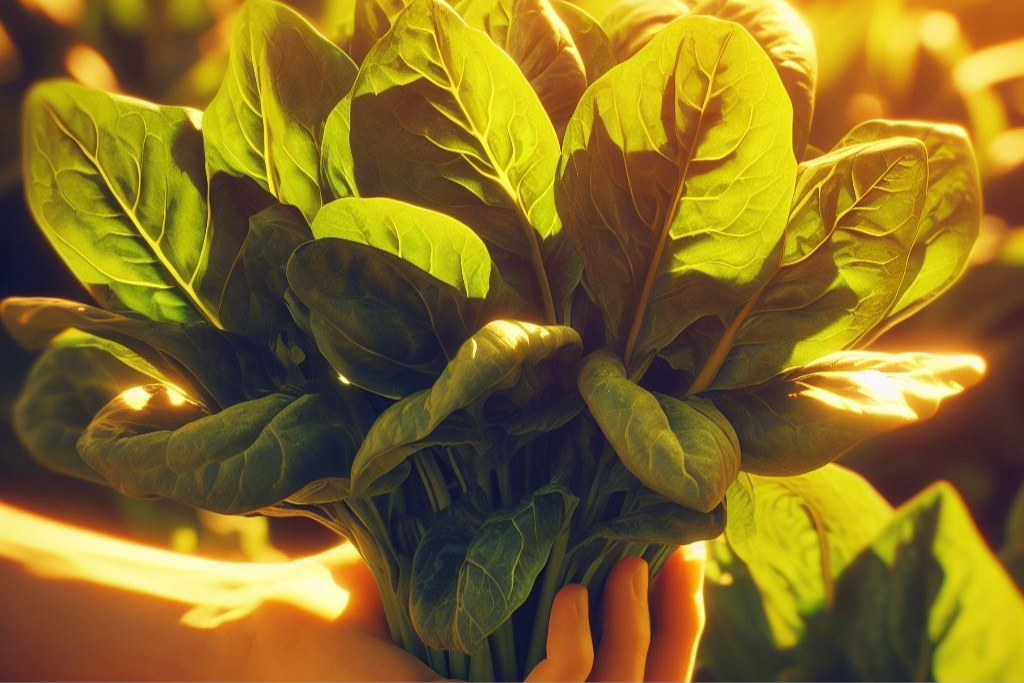
kale:
Kale gives your winter cooking endeavours a bit of bulk because to its robust leaves and flavorful leaves.
How to Grow and Care: Grow kale on soil that is nutrient-rich and well-drained. Make sure to water the soil regularly to maintain moisture levels. The addition of organic mulch helps to keep soil moisture and temperature stable.
Sunlight Requirements: Because of its adaptability, kale can grow well in environments with as little as 3–4 hours of sunshine per day.
Harvesting Period: After the outer leaves reach an appropriate size, you can begin to harvest them, leaving the inner leaves to continue growing.
Other Varieties Suitable for Winter: While classic kinds like Lacinato and Curly are well-liked, you might want to look into winter-ready choices like Winterbor and Red Russian.
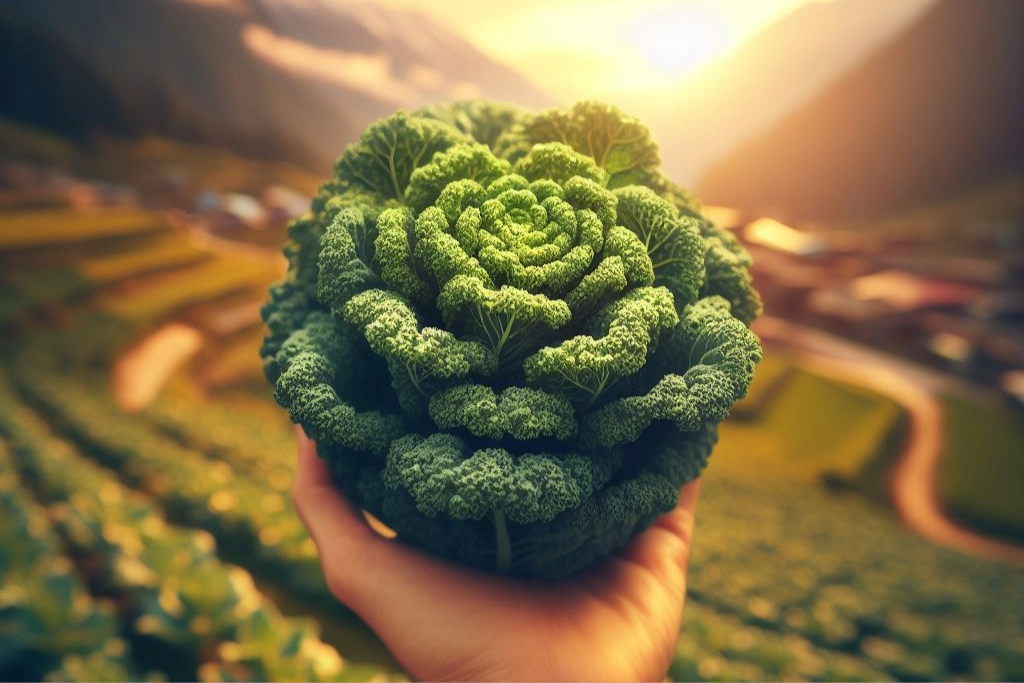
Root vegetables which need less sunlight in winter:
Root vegetables provide a symphony of flavour and nutrients for your hearty winter meals, and they flourish in the cool ground.
Carrots:
Carrots give a bright burst of colour and an aroma of natural sweetness. Carrots are an essential ingredient for any winter recipe variety because of their nutritional value and adaptability.
Growing and Taking Care of: Carrots need loose, well-drained soil to grow because of their extended roots. Carrot seeds should first be sown in prepared soil, with regular moisture provided for healthy germination. Sunlight Requirements: Carrots can survive with as little as 4-6 hours of sunlight every day, though they prefer full sun.
Harvesting Period: Depending on the type, carrots can be harvested 60 to 80 days after they are sown.
Other Varieties Suitable for Winter: While traditional types like Nantes and Danvers are well-liked, you might want to look into winter-friendly selections like Sugarsnax and Napoli.

Beets:
Beets provide flavour and vibrancy to your winter meals. Additionally, they have a delicious, earthy taste.
How to Grow and Care: Fertile, well-drained soil and regular irrigation are necessary for beet growth in order to promote healthy root development. Directly sow the beet seeds into the prepared soil, making sure to thin out the seedlings to provide enough room for the mature beets.
Sunlight Requirements: Beets can survive with up to six hours of sunshine each day.
Harvesting Period: Depending on the variety and desired size, beets can usually be harvested 50 to 70 days after seeding.
Other Varieties Suitable for Winter: Although traditional types like Golden Beet and Detroit Dark Red are well-liked, you may want to look into winter-friendly choices like Bull’s Blood and Winterkeeper.

Onions:
Onions are versatile and can be stored for a long time, they are a must-have ingredient for any dedicated winter gardener or food enthusiast.
How to Grow and Care: In order to cultivate onions and encourage healthy bulb development, well-drained soil and consistent irrigation are required. Plant onion sets or seeds directly in the prepared soil and keep the surrounding area free of weeds to promote freely growth. Mulching offers the ability to regulate soil temperature and retain moisture.
Sunlight Requirements: Onions may withstand up to six hours of sunlight per day, but they thrive in direct sunlight.
Harvesting Period: Onions can typically be harvested 100–175 days after seeding, depending on the cultivar and desired bulb size.
Other Varieties Suitable for Winter: Although popular winter varieties include White Lisbon and Red Wethersfield, you might also consider Wall Walla and Ailsa Craig.
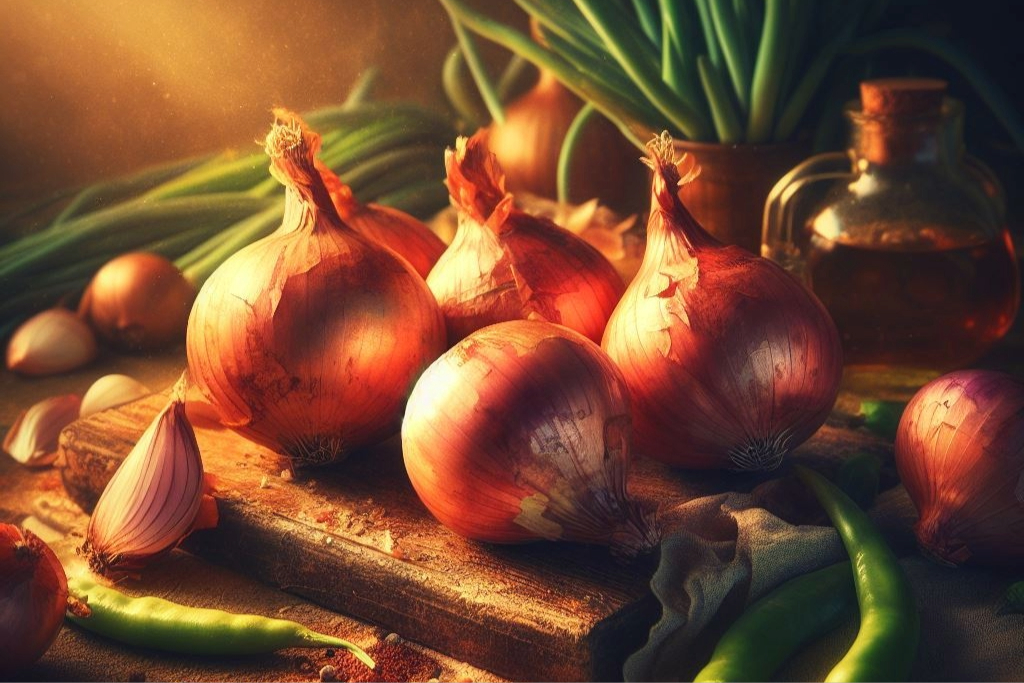
Garlic:
Garlic is the aromatic powerhouse that gives your seasonal cooking dishes a strong, pungent kick. Growing and Taking Care of: Planting individual cloves in well-drained soil in the fall is the first step in growing garlic. Make sure there is enough organic matter added to the soil and that it receives enough water, especially during dry seasons. Sunlight Requirements: Garlic may grow well in 6–8 hours of sunlight every day, however it loves full sun.
Harvesting Period: Depending on the type and preferred bulb size, garlic can be harvested 90 to 150 days after planting.
Other Varieties Suitable for Winter: While traditional kinds like Siberian and Inchelium Red are well-liked, you might also want to look into winter-friendly variants like California Early and Spanish Roja.

Potatoes:
Potatoes are a treasured addition to any winter garden or kitchen because of their rich texture and variety of culinary uses.
How to Grow and Care: Planting seed potatoes in loose, well-drained soil that has been enhanced with organic matter is the first step in potato cultivation. Make sure you water your tubers consistently to promote healthy development. To keep the soil moist and shield the developing tubers from sunlight, mound earth around the plants as they grow.
Sunlight Requirements: Though they still need six to eight hours of sunshine a day to grow, potatoes prefer full sunlight.
Harvesting Period: Depending on the type and desired tuber size, potatoes can be harvested 70 to 120 days after planting.
Other Varieties Suitable for Winter: While traditional types like Yukon Gold and Russet are well-liked, you might want to look into winter-friendly cultivars like Red Norland and Kennebec.

Turnips:
Turnips get better as the adaptable and nutritious root vegetable that gives your seasonal recipes a pleasant flavour balance.
How to Grow and Care: The first step in turnip farming is direct sowing into well-drained soil, being careful to keep the soil continually moist to encourage rapid growth. Thin down the seedlings so the turnips have enough room to take on their characteristic bulb form.
Sunlight Requirements: Turnips can tolerate as little as four to six hours of sunlight per day, however they prefer full sun.
Harvesting Period: Depending on the variety and desired size of the bulb, turnips can be harvested 40 to 60 days after sowing.
Other Varieties Suitable for Winter: While traditional kinds like Hakurei and Purple Top are well-liked, you might also want to look into winter-friendly selections like Tokyo Cross and Golden Globe.

Other veggies which need less sunlight in winter:
These hardy vegetables—from cauliflower to Brussels sprouts to peas—achieve their best even as the sun sets. They are essential for any winter garden worth its salt because of their adaptability and durability.
Pea:
The tasty and versatile legumes that add a pop of sweetness and freshness to your seasonal cooking projects are peas.
How to Grow and Care: Since peas are a climbing plant, planting the seeds directly into well-drained soil is the first step in growing them. Give the pea plants a framework or other supporting structure to cling to as they grow. Strong growth can be encouraged by routinely watering the soil and mulching it occasionally.
Sunshine Requirements: Although they can withstand up to six hours of sunlight per day, peas actually prefer direct sunlight.
Harvesting Period: Peas can be harvested 60 to 70 days after seeding, depending on the variety and desired maturity.
Other Varieties Suitable for Winter: Popular winter-friendly cultivars include Dwarf Grey Sugar and Wando, although classic cultivars like Sugar Snap and Snow Pea make fine replaces as well.

Brussels sprouts:
The vigorous and flavourful tiny cabbages known as Brussels sprouts are a terrific cruciferous complement to any seasonal culinary endeavours.
How to Grow and Care: Sow the seeds in well-drained, nutrient-rich soil in late summer or early fall to begin growing Brussels sprouts. Give your plants plenty of room to develop and give them regular watering to ensure healthy growth.
Sunlight Requirements: Brussels sprouts enjoy full sun, but they can make it through with around six hours each day.
Harvesting Period: Depending on the type and desired level of maturity, Brussels sprouts can be harvested 90 to 120 days after planting.
Other Varieties Suitable for Winter: While classic cultivars like Diablo and Long Island Improved are popular, you may also wish to consider winter-hardy varieties like Bosworth and Jade Cross.

Cauliflower:
One of the most adaptable and nutritious cruciferous vegetables, cauliflower is a great way to add taste and texture to your seasonal cooking endeavours.
How to Grow and Care: Planting seeds or transplanting seedlings into well-drained, healthy soil that receives regular moisture is the first step in growing cauliflower. Ensure that there is adequate room between plants for healthy head development. Sunlight Requirements: Cauliflower can tolerate around six hours of sun per day, while full sun is best.
Harvesting Period: 50 to 100 days after planting, depending on the variety and desired level of maturity, cauliflower can be harvested.
Other Varieties Suitable for Winter: While classics like Snowball and Purple of Sicily are popular choices, you can also consider winter-appropriate options like Graffiti and Erfurt.
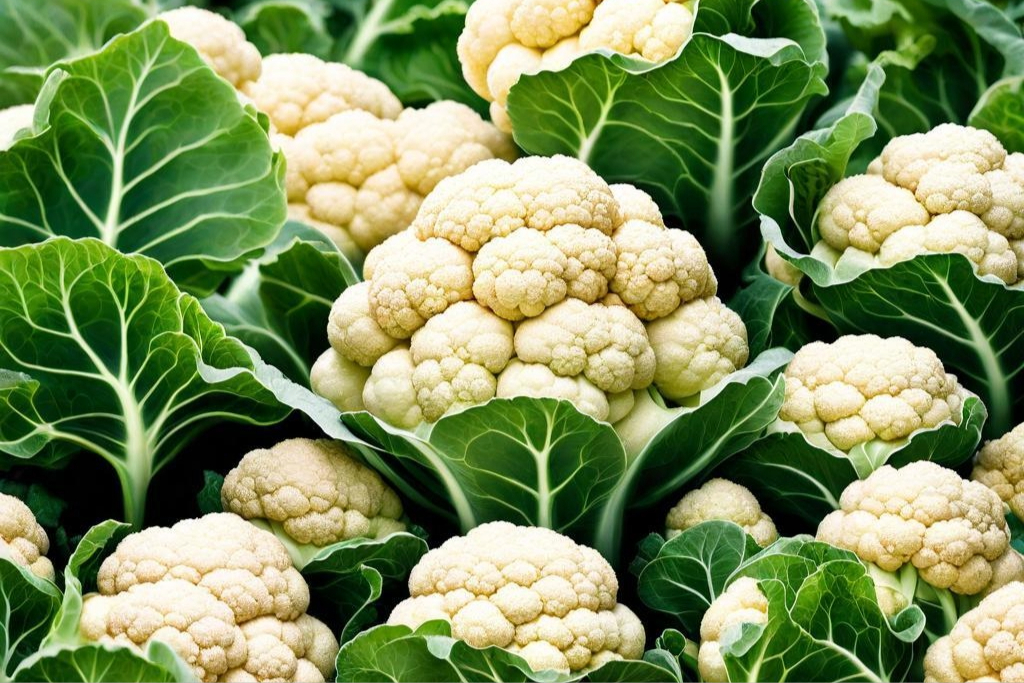
Celery:
celery is the crunchy, flavorful stalk that adds a burst of nutrition and refreshment to your seasonal recipes.
How to Grow and Care: The first step in growing celery is planting seeds or seedlings in soil that is consistently moist, well-drained, and rich in nutrients. To encourage robust stalk development, make sure to water frequently and supply enough nourishment.
Sunlight Requirements: Although it may survive with four to six hours of sunlight per day, celery loves full sun.
Harvesting Period: Depending on the variety and preferred stalk size, celery can be harvested 85 to 120 days after planting.
Other Varieties Suitable for Winter: Though traditional kinds like Golden Self-Blanching and Pascal are well-liked, you might want to look for winter-friendly selections like Tango and Redventure.

Parsnips:
Parsnips are the earthy, sweet root vegetable that gives your seasonal cooking a pleasant and healthy touch.
How to Grow and Care: The first step in growing parsnips is to sow seeds directly into loose, well-drained soil, as they require deeper soil for good root development. Make sure to water your plants regularly and consider adding organic matter to the soil in order to promote healthy growth.
Sunlight Requirements: Parsnips may thrive with four to six hours of sunlight per day, though they prefer full sun.
Harvesting Period: Parsnips can be picked 90 to 120 days after sowing, depending on the kind of root and the size that is required.
Other varieties suitable for Winter: While classic varieties like Gladiator and Hollow Crown are popular choices, you should also consider varieties that are suitable for the winter, such as All American and Javelin.
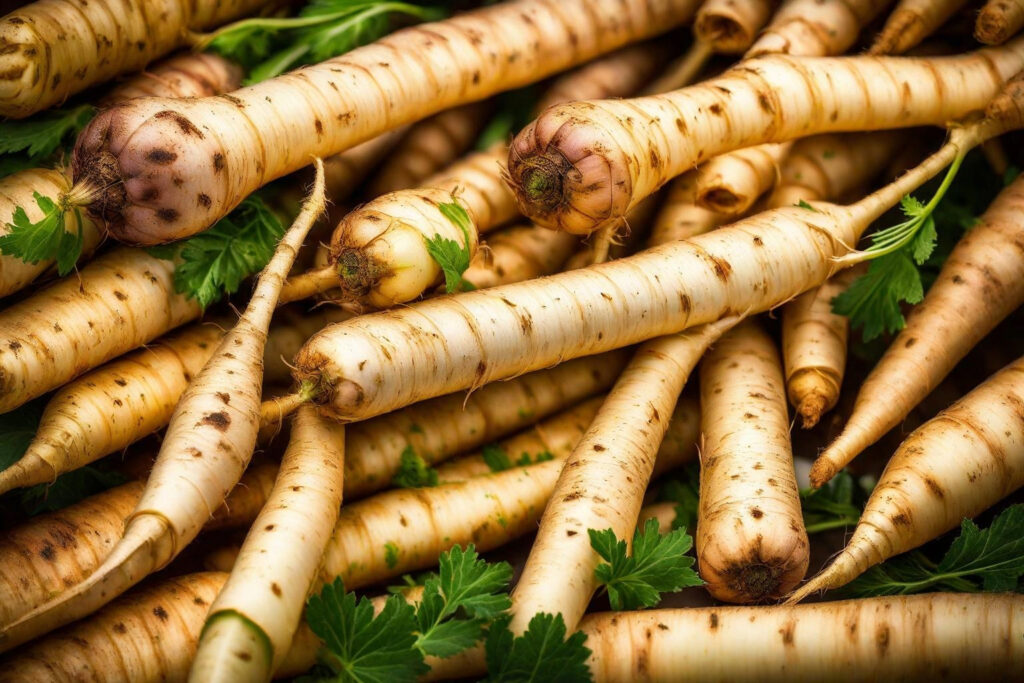
Scallions:
The crunchy, flavorful alliums that provide a pleasant flash of freshness and a hint of onion to your seasonal cookery are called scallions.
How to Grow and Care: Sowing seeds or seedlings into rich, well-drained soil is the first stage in growing scallions. Make sure the soil is continuously moist to promote rapid growth. To distribute the scallops thin out the seedlings to allow ample space for the scallions to grow.
Sunlight Requirements: Scallions need four to six hours of sunlight per day to survive, but they really like direct sunlight.
Harvesting Period: Scallions can be harvested 60 to 80 days after seeding, depending on the variety and desired size. You can start harvesting when the scallions are a decent size and the green tops are distinctly lush.
Other Varieties Suitable for Winter: While classic varieties like White Lisbon and Evergreen are popular options, you might also want to choose varieties that are better suited for the winter, such Nebuka and Ishikura.
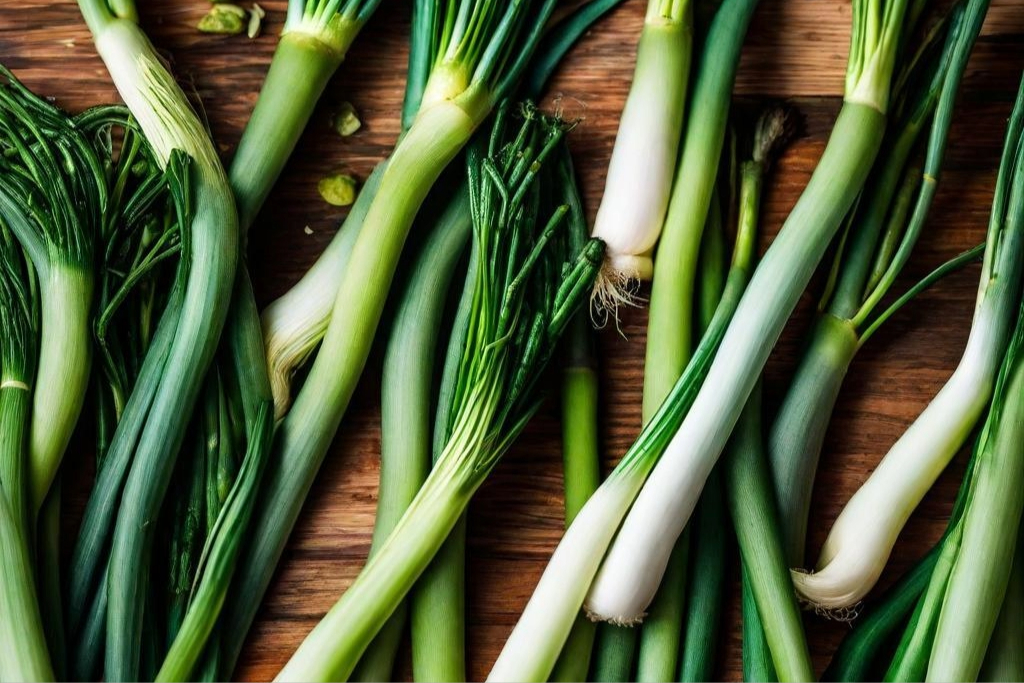
Conclusion:
Growing vegetables in low light circumstances during the winter can be a pleasant experience if you have the correct knowledge and procedures. You can keep your garden growing even under low-light conditions by putting the tips in this guide into practice.
The importance of careful planting and upkeep, as well as the capacity of various crops to adjust to lower amounts of sunshine, have been underlined in this research. This implies that you can have a vibrant, flourishing garden even in the dead of winter. We intend to promote a winter garden by offering crucial information on growing conditions, harvesting windows, and suitable varieties.
Our goal is to inspire a winter gardening journey filled with culinary delights and the satisfaction that comes from producing one’s own food.



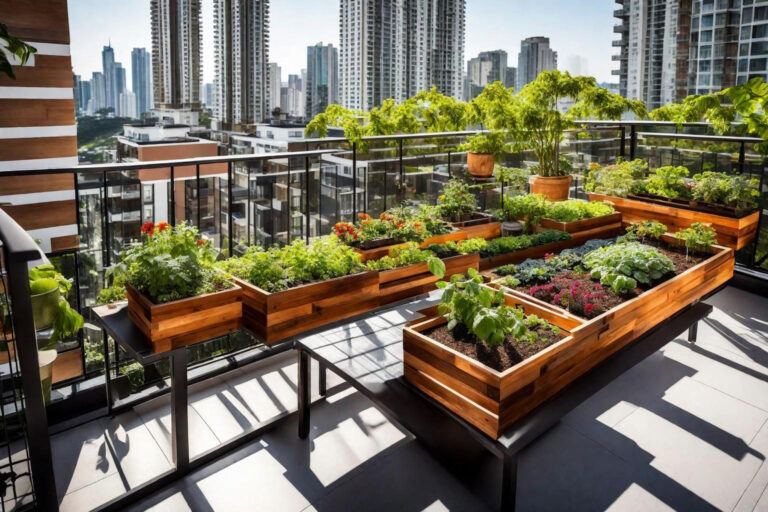
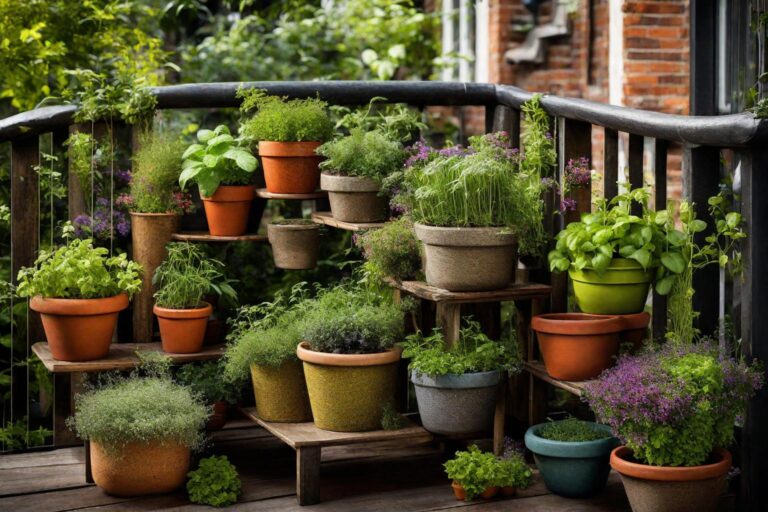
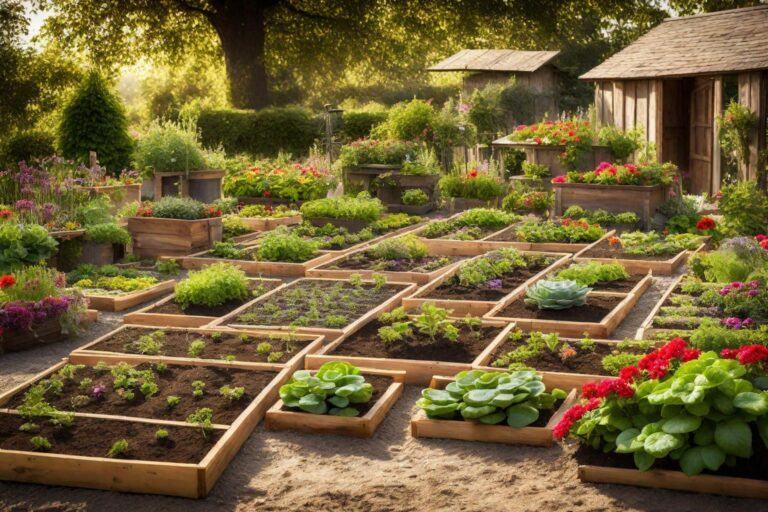


9 Comments